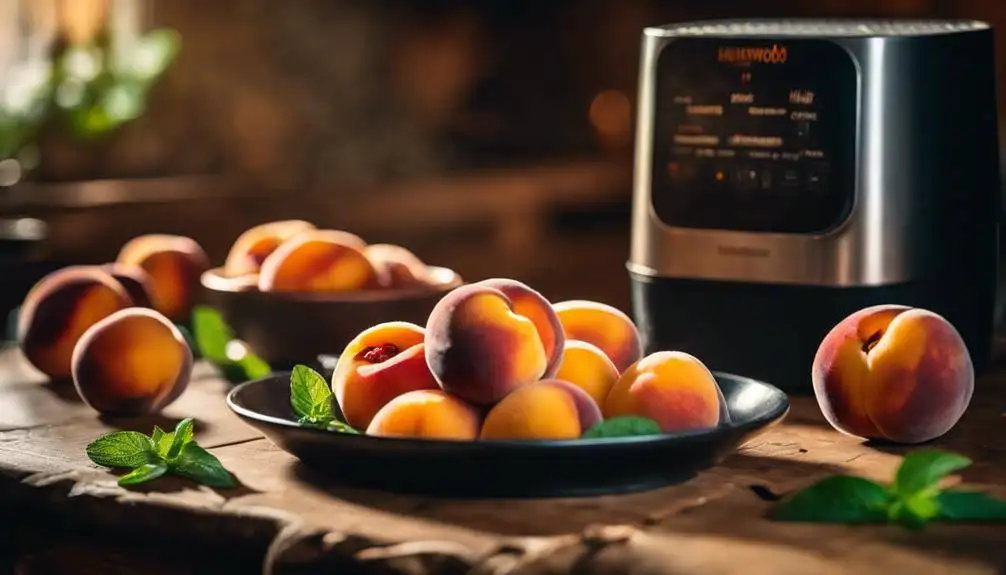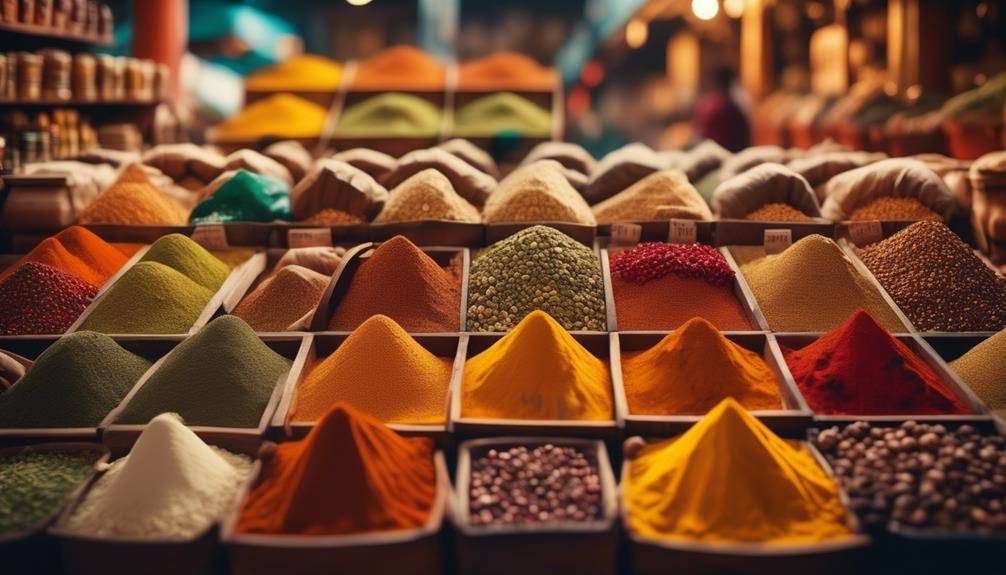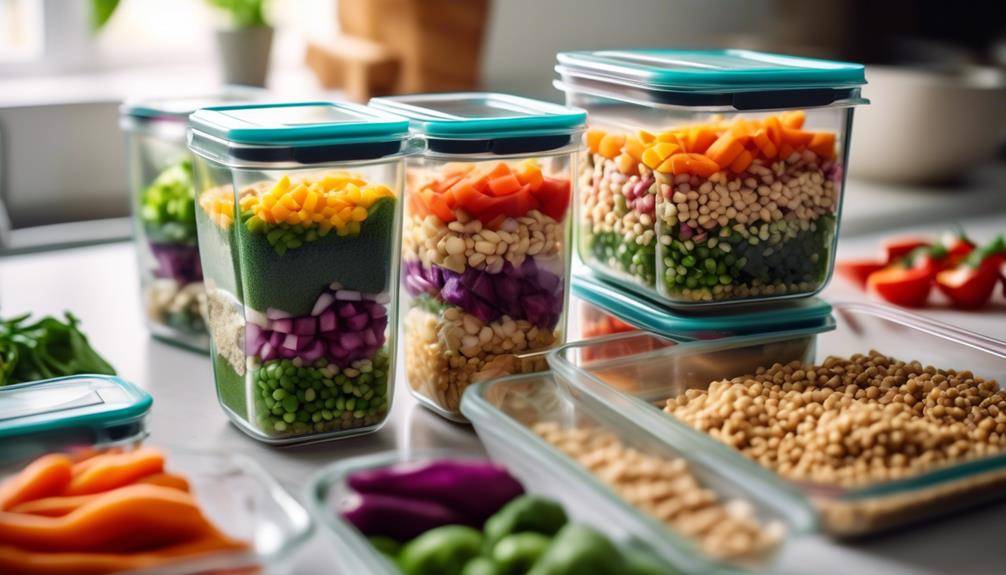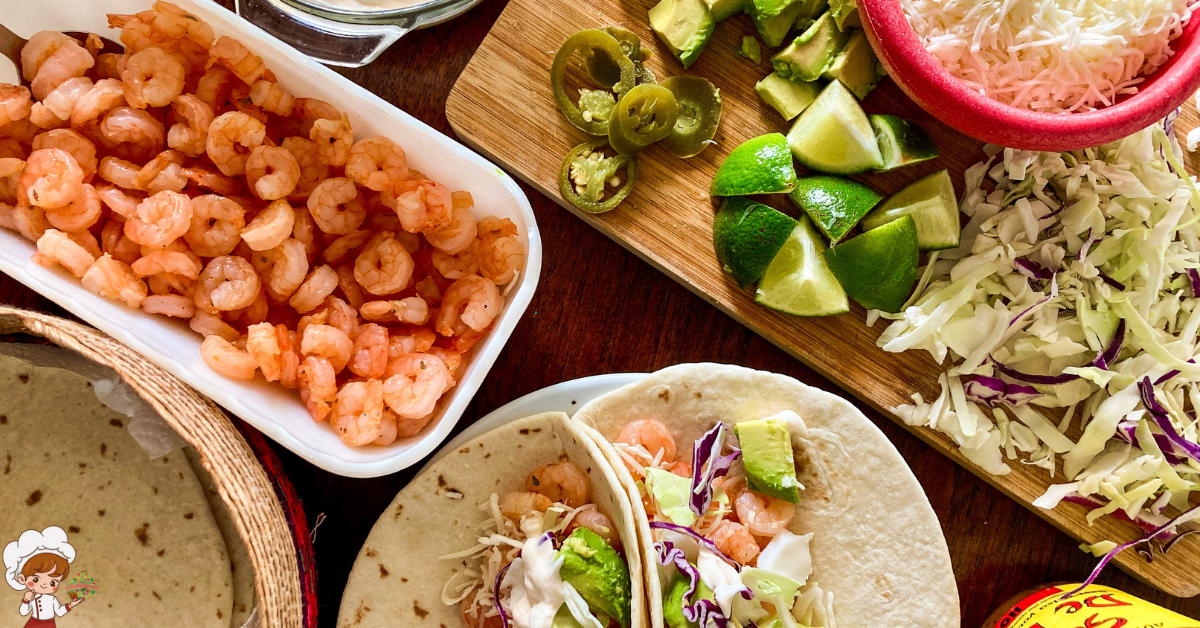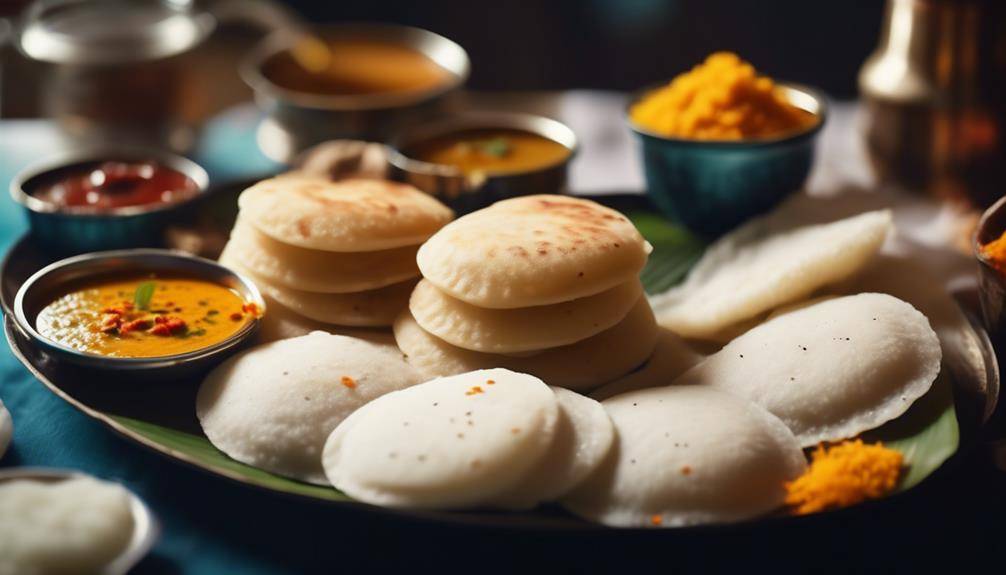Amazing Braising Cooking Techniques For Thanksgiving
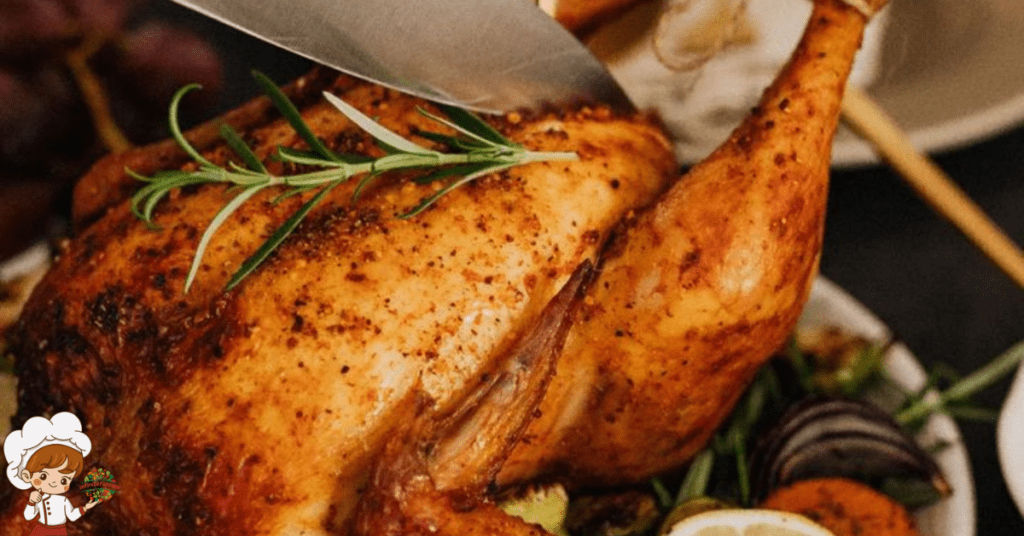
Braising Cooking Techniques For Thanksgiving; Braising is the ideal technique for Thanksgiving, as it turns affordable cuts of meat into delicious, tender dishes. Start by searing your chosen meat to create rich flavors, then add broth or wine and aromatic vegetables. This method allows the collagen in tougher cuts to break down, resulting in melt-in-your-mouth tenderness. Use a heavy-duty pot or Dutch oven for even cooking. Don’t forget to season generously and experiment with herbs like rosemary and thyme. With minimal attention needed after setup, you can relax and enjoy the day. Keep exploring, and you’ll discover even more ways to enhance your braising skills.
What Is Braising?
Braising is a cooking technique that combines both dry and wet methods to create tender, flavorful dishes. You start by searing your meat or vegetables in a hot pan to develop rich, deep flavors. Once browned, you’ll add a small amount of liquid—like broth, wine, or even water—before covering the pot and cooking it slowly. This method allows the food to cook through gentle heat, breaking down tough fibers and enhancing the taste.
There are plenty of braising myths that might confuse you. For instance, some folks believe you need expensive cuts of meat for braising, but that’s simply not true. Tougher, cheaper cuts actually shine in this technique, as the slow cooking process transforms them into melt-in-your-mouth delights.
Braising also showcases cultural variations across the globe. Different regions have their own unique takes on the technique. In France, you might find coq au vin, while in China, you could savor red-cooked pork. Each culture brings its own spices, liquids, and cooking times to the table, making braising a versatile method.
Benefits of Braising
Revealing the benefits of braising shows why this technique is a favorite among home cooks and chefs alike. First and foremost, braising offers nutritional benefits that are hard to overlook. By cooking tougher cuts of meat low and slow, you’re able to break down collagen, which not only tenderizes the meat but also releases valuable nutrients. These nutrients can contribute to a hearty, satisfying meal, making braised dishes both comforting and healthful.
Another major advantage is flavor enhancement. When you braise, you create a unique depth of flavor that’s difficult to achieve through other cooking methods. The process involves searing your ingredients first, which caramelizes the natural sugars and creates a rich base. As you add liquid and aromatics, those flavors meld together beautifully during the slow cooking process. The result? A dish that’s bursting with complex flavors that will have everyone raving.
Moreover, braising is incredibly versatile. You can use it for a variety of meats, vegetables, and even grains, allowing you to experiment with different combinations for unique meals. This technique also requires minimal attention once you’ve set it up, freeing you up to focus on other aspects of your Thanksgiving feast.
Essential Braising Equipment
To braise effectively, you’ll need the right equipment to enhance your cooking experience. Essential cookware, tools for flavor development, and temperature control devices all play vital roles in achieving tender, flavorful dishes. Let’s explore what you need to create the perfect braise.
Essential Cookware Types
When it comes to braising, having the right cookware can make all the difference in achieving tender, flavorful results. Two of the most essential types of cookware for this technique are braising pots and Dutch ovens.
Braising pots are typically made of heavy-duty materials that retain heat well, allowing for even cooking. These pots can often be used on the stovetop and in the oven, making them versatile for various recipes. Look for one with a tight-fitting lid to trap moisture and enhance flavor.
Dutch ovens are a favorite among home cooks and professional chefs alike. Their thick walls and heavy lids help maintain a consistent temperature, which is vital for braising. You can use a Dutch oven for browning your meat on the stovetop before adding liquid for braising, and then transfer it straight to the oven.
Both braising pots and Dutch ovens come in various sizes, so choose one that suits your needs and the size of your dishes. Investing in quality cookware will elevate your braising game, ensuring your Thanksgiving feast is both delicious and memorable.
Tools for Flavor Development
A few key tools can greatly enhance flavor development in your braising process. First, a heavy-bottomed pot or Dutch oven is essential. Its even heat distribution allows for proper browning, which creates a rich base for flavor layering. Next, invest in a sturdy wooden spoon or spatula. You’ll want to scrape up those delicious browned bits from the bottom of the pot, as they add depth to your dish.
For spice balance, consider using a spice grinder. Freshly ground spices release more oils and flavors, making a noticeable difference in your braised dishes. A microplane also comes in handy for grating fresh ingredients like ginger or garlic, enhancing the overall flavor profile.
Lastly, don’t overlook a good set of measuring spoons. Precise measurements guarantee that your herbs and spices come together harmoniously, helping you achieve the perfect spice balance. By utilizing these tools, you’ll master the art of flavor layering, transforming simple ingredients into a memorable braised dish. With the right equipment at your side, you’re well on your way to creating a Thanksgiving feast that wows your guests.
Temperature Control Equipment
Temperature control is essential for successful braising, as it guarantees your ingredients cook evenly and develop rich flavors. To achieve this, investing in the right temperature control equipment is vital. A sous vide setup is one of the most effective methods for maintaining precise temperatures. With sous vide, you can cook your food in a water bath at a consistent temperature, ensuring that your meats and vegetables turn out perfectly tender and flavorful.
In addition to sous vide equipment, temperature probes are invaluable for monitoring the internal temperature of your braised dishes. These probes allow you to check doneness without losing heat by opening the oven or pot. Simply insert the probe into your meat or dish, and you’ll receive real-time temperature readings, preventing overcooking.
Combining sous vide techniques with temperature probes helps you master the art of braising. You’ll gain the confidence to experiment with different ingredients and cooking times, leading to delicious results. Remember, precise temperature control not only enhances flavor but also transforms your braising into a true culinary experience. Embrace these tools, and you’ll elevate your Thanksgiving feast to new heights!
Choosing the Right Ingredients
When it comes to braising, the ingredients you choose can make all the difference. You’ll want to select seasonal vegetables for ideal flavor and freshness, and prioritize high-quality meat to guarantee a tender result. Don’t forget to add flavorful herbs and spices to elevate your dish and create a rich, aromatic experience.
Seasonal Vegetable Selection
Choosing seasonal vegetables can elevate your braising dishes by enhancing flavor and nutrition. When you select local vegetable varieties, you’re not only supporting your community but also ensuring fresher, tastier ingredients. Seasonal vegetables like carrots, parsnips, and Brussels sprouts add depth to your braised meals, creating a more satisfying experience for your guests.
To make the most of seasonal flavor profiles, think about which vegetables pair well with your main ingredients. Root vegetables, for example, bring a natural sweetness that complements savory braises beautifully. If you’re braising something rich, like a hearty stew, consider incorporating winter squash or kale for added texture and nutrition.
Don’t forget to explore farmers’ markets or local grocery stores for the freshest options. Seasonal vegetables can vary by region, so keep an eye out for what’s available in your area. By choosing the right ingredients, you’ll create dishes that not only taste great but also reflect the bounties of the season. This thoughtful selection will make your Thanksgiving braise memorable and delicious!
Meat Quality Matters
The quality of meat you select can make or break your braised dishes. When choosing meat, focus on sourcing it from reputable suppliers who prioritize humane practices and sustainable farming. This not only supports ethical standards but often results in better flavor and texture in your final dish. Look for local butchers or farms that offer meat with known origins.
Another critical factor is meat aging. Aging enhances flavor and tenderness, so consider opting for aged cuts whenever possible. Dry-aging can intensify the meat’s taste, while wet-aging retains moisture. You’ll want to check for marbling as well; more intramuscular fat typically leads to a juicier and more flavorful braise.
Don’t shy away from experimenting with different cuts, either. Less popular cuts like chuck or brisket can yield delicious results when braised slowly. Remember, the right meat can elevate your dish, making it a memorable centerpiece for your Thanksgiving table. So, take the time to choose quality ingredients, and you’ll see the difference in your braising technique. Happy cooking!
Flavorful Herbs and Spices
A well-crafted braise relies not just on quality meat but also on the herbs and spices that bring it to life. When choosing your ingredients, think about the flavors you want to highlight. Herb combinations like rosemary, thyme, and sage create a warm, earthy profile that perfectly complements hearty meats. You might also consider adding bay leaves for depth or parsley for a fresh touch.
Spice blends can elevate your braise even further. A mix of cumin, coriander, and paprika can introduce a hint of warmth and smokiness, while a dash of cinnamon adds an unexpected twist. Don’t shy away from experimenting; combining spices like nutmeg with sweet and savory elements can lead to a delightful balance.
Preparing Meat for Braising
When preparing meat for braising, it is vital to start with the right cut. Tougher cuts of meat, like chuck roast, brisket, or pork shoulder, are ideal because they become tender and flavorful after slow cooking. These cuts contain more connective tissue, which breaks down during the braising process, resulting in melt-in-your-mouth goodness.
Once you’ve selected your meat cuts, consider your marinade options. Marinating not only adds flavor but also helps to tenderize the meat. You can use a variety of ingredients for your marinade, such as wine, vinegar, or citrus juices combined with herbs and spices. Let the meat soak in the marinade for at least a few hours, or even overnight, to maximize the flavor infusion.
Before braising, make sure to pat your meat dry with paper towels. This helps achieve a good sear, which is necessary for developing depth of flavor. Season the meat generously with salt and pepper, as this will enhance the overall taste. If you’re feeling adventurous, you can also rub in some spices or herbs that complement your chosen marinade.
The Braising Liquid Options
When it comes to braising, the choice of liquid can make all the difference in flavor. You can opt for rich broths or stock, enhance the dish with wine or spirits, or even infuse it with fresh vegetables and herbs. Each option offers a unique twist, so think about what will complement your meat best.
Broth and Stock Choices
Choosing the right broth or stock is essential for achieving the perfect braise. The liquid you select can greatly influence the flavor and richness of your dish. When considering broth types, think about what complements your main ingredient. For instance, chicken broth works well with poultry, while beef broth enhances the depth of flavor in red meats.
You’ve got several stock variations to choose from, too. A light vegetable stock can add a fresh, earthy note, perfect for braising vegetables or lighter proteins. If you want something heartier, opt for a dark beef or lamb stock, which brings a robust flavor profile that’s hard to beat.
Don’t forget about homemade options; they often provide a more profound taste than store-bought varieties. Simmering bones and aromatics for a few hours can yield a rich stock that elevates your braising game.
Wine and Spirits Pairing
While broth and stock lay the foundation for braising, incorporating wine or spirits can elevate your dish to new heights. When you choose to use red wine, you’re adding depth and complexity to the flavors, enhancing the natural richness of your meat. A full-bodied red, like Cabernet Sauvignon or Merlot, pairs well with beef or lamb, while a lighter Pinot Noir works wonders with poultry.
If you’re looking for something a bit different, consider using cooking sherry. This fortified wine brings a unique sweetness and nuttiness that can complement savory dishes beautifully. It’s especially great for braising pork or even vegetables, providing a balance that highlights their natural flavors.
When preparing your braising liquid, don’t shy away from experimenting. You might find that a splash of wine or sherry can transform your dish, making it memorable for your Thanksgiving feast. Just remember to let the alcohol cook off, so you’re left with a robust flavor profile that enhances your meal without overpowering it. With these options, you’re sure to impress your guests and create a dish that they’ll rave about long after the holiday is over.
Vegetable and Herb Infusions
Infusing your braising liquid with vegetables and herbs can transform a simple dish into a flavorful masterpiece. Start by selecting a variety of vegetables to enhance your liquid. Options like onions, carrots, garlic, and celery not only add depth but also create a rich base. You can sauté these vegetable varieties before adding your main ingredient, allowing their flavors to meld beautifully.
Next, consider your herb combinations. Fresh herbs like thyme, rosemary, and bay leaves can elevate the taste profile greatly. If you prefer a bolder flavor, try adding herbs like sage or oregano. Remember, balance is key—too many strong herbs can overpower your dish.
Don’t forget about acidity! A splash of vinegar or citrus juice can brighten your braising liquid, cutting through the richness. As your dish simmers, the vegetables will soften and the herbs will release their essential oils, creating a fragrant, savory sauce.
Experiment with different vegetable varieties and herb combinations to discover your perfect blend. With a bit of creativity, your braising liquid will not just complement your dish, but become the star of your Thanksgiving feast.
Classic Braising Techniques
Braising, with its combination of moist and dry heat, is a time-honored cooking technique that transforms tough cuts of meat into tender, flavorful dishes. To master classic braising techniques, you’ll want to start by choosing the right cut of meat—think chuck roast, short ribs, or pork shoulder. These cuts benefit greatly from the slow cooking process, allowing the collagen to break down and create that melt-in-your-mouth texture you crave.
Begin by searing the meat in a hot pan to develop a rich, brown crust. This step not only adds depth to the flavor but also sets the stage for flavor layering. After searing, remove the meat and sauté aromatic vegetables like onions, carrots, and celery in the same pan. Incorporating these elements will enhance the overall taste and create a beautifully balanced dish.
Once the aromatics are softened, deglaze the pan with wine or broth to capture those delicious browned bits. Return the meat to the pot, add liquid until it reaches about halfway up the sides, and bring it to a simmer. Cover tightly and transfer it to a low oven or stovetop for slow cooking.
As your dish braises, the combination of moisture and heat creates a delightful texture contrast between the tender meat and any accompanying sides, like creamy polenta or crispy roasted vegetables. This classic technique not only elevates your Thanksgiving meal but also brings out the best flavors in your ingredients.
Timing and Temperature Tips
Getting the timing and temperature right is essential for successful braising. When you’re scheduling braising, start by knowing the cut of meat you’re using. Tougher cuts like chuck roast or pork shoulder require longer cooking times, typically around 2.5 to 4 hours, depending on size. If you’re in a time crunch, consider cutting the meat into smaller pieces. This not only reduces cooking time but also allows for more even heat distribution.
As you begin, preheat your oven to the appropriate temperature, usually between 300°F and 325°F. This low and slow method guarantees the meat becomes tender and flavorful. If you notice your dish cooking unevenly, don’t hesitate to make temperature adjustments. If it seems to be cooking too quickly, lower the temperature slightly to allow the flavors to develop without drying out the meat.
During the braising process, check occasionally to confirm it’s maintaining a gentle simmer. A rapid boil can toughen the meat, so keep that heat in check. Use a meat thermometer to monitor the internal temperature—aim for around 190°F to 205°F for ideal tenderness.
Braising Vegetables Perfectly
To achieve perfectly braised vegetables, start by selecting the right variety. Root vegetables like carrots, parsnips, and turnips work well because they hold their shape and absorb flavors beautifully. You can also consider hearty greens like kale or collard greens, which become tender and flavorful during the braising process.
Next, think about your vegetable combinations. Mixing different textures and flavors can elevate your dish. For instance, pairing sweet carrots with earthy parsnips or vibrant bell peppers with bitter greens creates a balance that excites the palate.
Once you’ve chosen your vegetables, it’s time to prepare them. Cut them into uniform pieces to guarantee even cooking. Sauté them briefly in a bit of oil to develop a nice color and flavor, then add your braising spices. You might use spices like thyme, rosemary, or bay leaves to infuse warmth and depth.
After seasoning, add a liquid—broth, wine, or even water works well. Bring it to a gentle simmer, then cover and reduce the heat. Let the vegetables cook low and slow. This process allows them to soften while absorbing all those delicious flavors.
Flavor Enhancements and Additions
When it comes to enhancing the flavor of your braised vegetables, don’t underestimate the power of aromatics and umami-rich additions. Start with a solid base of aromatics like onions, garlic, and herbs such as thyme or rosemary. These ingredients not only build depth but also create a fragrant backdrop for your dish.
Next, consider incorporating umami boosters to elevate the taste profile. Ingredients like soy sauce, miso paste, or even a splash of balsamic vinegar can impart that savory richness you’re after. You might also want to sprinkle in some nutritional yeast or grated Parmesan for a cheesy note without adding dairy.
Ingredient pairings play a vital role in balancing flavors. For instance, pairing root vegetables like carrots and parsnips with earthy mushrooms can create a harmonious blend. Adding a touch of sweetness from maple syrup or honey can also round out the flavors, especially if you’re using bitter greens.
Don’t forget the importance of acidity. A dash of lemon juice or a splash of vinegar right at the end can brighten the dish and enhance the overall flavor.
Popular Braised Dishes for Thanksgiving
Braised dishes often take center stage during Thanksgiving, as their rich flavors and comforting textures complement the holiday feast beautifully. One standout option is braised turkey. Instead of roasting your turkey, consider braising it for a moist and tender result. This method infuses the meat with savory broth, herbs, and spices, creating a dish that’s sure to impress your guests. Pair it with a flavorful sauce made from the braising liquid to elevate the entire meal.
In addition to the turkey, you can’t overlook the versatility of spiced carrots. Braising these vibrant veggies enhances their natural sweetness while allowing you to experiment with different flavor profiles. Toss them in a mix of butter, brown sugar, and your favorite spices—think cinnamon or nutmeg—and let them simmer until they’re tender and caramelized. These spiced carrots not only add color to your plate but also provide a delightful contrast to the savory turkey.
Another popular choice is braised short ribs, which offer a melt-in-your-mouth experience that’s perfect for a festive gathering. Let them cook low and slow in red wine, beef broth, and aromatics for a dish that practically falls off the bone.
With these options, your Thanksgiving table will be filled with delicious, braised dishes that highlight the season’s best flavors. Embrace the art of braising this holiday, and you’ll create unforgettable meals that everyone will rave about long after the last bite.
Braising Vs. Other Cooking Methods
Braising offers a unique blend of techniques that sets it apart from other cooking methods like roasting or steaming. While roasting relies on dry heat to cook food evenly, braising combines both dry and moist heat. You start by searing the meat to lock in flavors, then you add liquid and cover it to simmer slowly. This method not only enhances the dish’s depth but also tenderizes tougher cuts of meat, making it a go-to choice for many cooks.
Braising has a rich history, dating back centuries, often associated with peasant cooking due to its ability to transform inexpensive ingredients into delectable meals. This historical significance adds a layer of tradition that’s hard to match with other techniques like steaming, which tends to preserve the food’s original texture and flavor without much transformation.
One of the common braising myths is that it’s only for tough cuts of meat. In reality, you can braise a variety of ingredients, including vegetables and grains, to achieve a comforting dish full of flavor. It’s also a great way to prepare meals in advance, as the flavors deepen over time.
Storing and Reheating Braised Dishes
When it comes to storing your braised dishes, you’ll want to use proper methods to keep them fresh and flavorful. Reheating techniques play a vital role in maintaining the dish’s quality, so knowing how to do it right is essential. Plus, some ingredients hold up better than others when reheated, so let’s explore the best practices together.
Proper Storage Methods
Storing and reheating braised dishes properly is essential for maintaining their rich flavors and tender textures. After your Thanksgiving feast, you’ll want to focus on effective leftover storage to enjoy those delicious meals later. First, let your braised dish cool to room temperature before transferring it to airtight containers. This helps prevent moisture buildup, which can lead to sogginess.
For meal prep, divide your leftovers into smaller portions. This makes it easier to reheat only what you need, and it’ll help the dish cool down faster, reducing the risk of bacterial growth. If you plan to eat the leftovers within a few days, store them in the refrigerator. For longer storage, consider freezing the dish. Just make certain to label the containers with the date, so you keep track of freshness.
When you’re ready to enjoy your braised dish again, take it out of the fridge or freezer and allow it to thaw in the refrigerator overnight if frozen. This method guarantees your meal retains its taste and texture when you reheat it. By following these proper storage methods, you’ll savor every bite of your Thanksgiving leftovers!
Reheating Techniques Explained
Reheating braised dishes can be a simple process that guarantees you enjoy their full flavor and tenderness again. Whether you choose microwave reheating or oven reheating, both methods can effectively bring your meal back to life.
For microwave reheating, cut your dish into smaller portions to help it heat evenly. Place it in a microwave-safe container, adding a splash of broth or water to maintain moisture. Cover it loosely with a microwave-safe lid or wrap to trap steam, and heat in short intervals, stirring occasionally. This makes sure you don’t overcook the edges while the center remains cold.
If you prefer oven reheating, preheat your oven to 325°F (160°C). Transfer your braised dish to an oven-safe pot or baking dish, adding a bit of liquid if needed. Cover it with a lid or aluminum foil to prevent excessive drying. Heat for about 20-30 minutes, or until it’s warmed through. This method enhances the dish’s flavors as it slowly warms, making it taste freshly made.
Choose the method that suits your time and preferences, and enjoy your deliciously reheated braised meal!
Best Ingredients to Reheat
After enjoying a delicious braised dish, knowing how to store and reheat it properly makes all the difference in preserving its quality. When it comes to the best ingredients to reheat, consider meats like beef, pork, and chicken, as they absorb flavors beautifully and maintain their tenderness. Vegetables like carrots, potatoes, and onions also hold up well, adding to the dish’s richness.
For the best reheating methods, use the oven or stovetop to gently warm your leftovers. The oven allows for even heating, while the stovetop lets you control the temperature more precisely. Aim for ideal reheating temperatures of 165°F to guarantee food safety and enhance flavors. When reheating, add a splash of broth or sauce to keep things moist and flavorful.
Avoid using a microwave for large portions, as it can lead to uneven heating and tough textures. Instead, break down larger portions into smaller ones for more consistent reheating. By following these tips, you’ll enjoy your braised dishes just as much the second time around, with all their wonderful flavors intact.
Pairing Sides With Braised Meals
When it comes to pairing sides with braised meals, consider the harmony of flavors and textures on your plate. Braised dishes tend to be rich and hearty, so you’ll want to balance that with lighter, fresher sides. Think about using roasted vegetables to add a bit of sweetness and crunch. Carrots, Brussels sprouts, or even parsnips can bring a delightful texture contrast to your dish, enhancing the overall experience.
Sauce pairings also play a significant role in your sides. If your braised meal features a savory, rich sauce, opt for sides that can soak up those flavors. Creamy mashed potatoes or polenta can serve as perfect vehicles for the sauce, creating a comforting combination that’s hard to resist. On the other hand, if your braised dish has a tangy or acidic sauce, you might want to serve a side like sautéed greens or a light salad to cleanse the palate and balance the richness.
Don’t forget about grains as well. Quinoa or farro can offer a nice nutty flavor and chewy texture that complements braised meats beautifully. You might even consider a grain salad, tossed with herbs and citrus, to add brightness to your meal. Ultimately, the key is to create a plate that’s not only satisfying but also exciting, with a variety of flavors and textures that work together seamlessly. So, get creative and enjoy the delicious adventure of pairing sides with your braised meals!
Tips for a Stress-Free Cooking Experience
Cooking can sometimes feel overwhelming, especially when preparing a complex braised meal and its sides. To make your experience smoother and more enjoyable, effective meal planning is essential. Start by deciding on your menu a week in advance. This gives you time to gather all the ingredients and brainstorm any necessary prep work.
Next, create a detailed shopping list. Organizing your list by sections of the grocery store will save you time and stress. Once you have everything, set aside a day for any chopping or marinating. Prepping ingredients ahead of time not only streamlines your cooking process but also serves as a great form of stress relief.
On the day of your big meal, start early. Braising often requires long cooking times, so factor that into your schedule. Give yourself plenty of time to focus on each step without feeling rushed. If you find yourself getting anxious, take a moment to breathe and remind yourself of the joy that cooking can bring.
Lastly, don’t hesitate to ask for help. Whether it’s inviting a friend or family member to assist or simply delegating tasks, sharing the workload can lighten your stress. By following these tips, you’ll not only simplify your cooking experience but also create a delicious holiday meal that you can truly enjoy. Remember, the goal is to celebrate, so keep it fun and relaxed!
Frequently Asked Questions: Braising Cooking Techniques For Thanksgiving
Can I Braise Turkey for Thanksgiving Instead of Roasting It?
Yes, you can braise turkey instead of roasting it! Braised turkey allows for rich flavor infusion, making your dish tender and delicious. Just guarantee you adjust cooking times and temperatures for the best results.
What Type of Wine Is Best for Braising?
When braising, you can’t go wrong with either red or white wine. Red wine adds depth and richness, while white wine brings brightness and acidity. Choose based on your dish’s flavors and your personal preference.
How Do I Know When Braised Meat Is Done?
To know when your braised meat’s done, check its internal temperature; it should reach around 190°F. Also, verify the meat’s tender and easily pulls apart while submerged in flavorful braising liquids. Enjoy your delicious creation!
Can I Braise Ahead of Time and Freeze?
Yes, you can braise ahead of time and freeze it! For braising benefits, flavors deepen over time. When freezing, let it cool, use airtight containers, and label with dates for best results. Enjoy later!
What Are Common Mistakes to Avoid When Braising?
When braising, avoid common mistakes like cooking at too high a temperature or neglecting seasoning balance. Ascertain you maintain a steady, low temperature and adjust seasonings throughout to enhance the dish’s overall flavor.
Conclusion
Braising is a fantastic cooking technique that can elevate your Thanksgiving feast. With its rich flavors and tender textures, it’s sure to impress your guests. By choosing the right ingredients and following the tips provided, you’ll create a memorable meal without the stress. Remember to pair your braised dishes with complementary sides for a well-rounded experience. Embrace the art of braising, and enjoy a delicious, stress-free Thanksgiving celebration!



